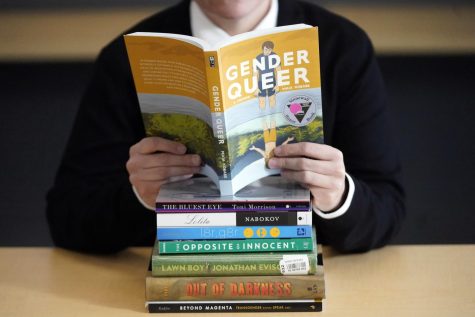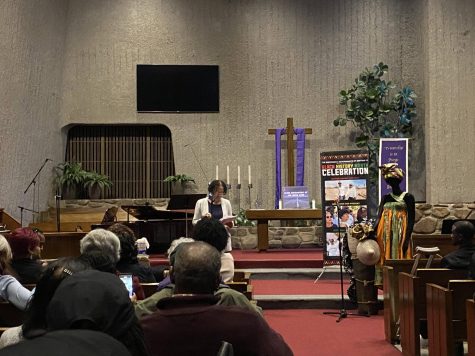How switching to online learning created obstacles for college students
College of the Desert closed its campuses once COVID-19 surfaced due to the entire world entering a pandemic, creating a switch from in-person learning to online learning and disrupting many students’ learning patterns and abilities. Those who graduated high school during the pandemic were left clueless as to their next step, college, which was still pending on a decision: “Do we continue in-person classes,” or “Do we settle with online learning for the safety of one another?”
Atlas, a decision was made, and discussions were scattered around universally. Disagreements and agreements sparked amongst students and the obscure reality soon set in. Colleges and universities were switching to online learning for the time being.
Although many colleges and universities offered online learning before the pandemic, that approach was chosen by students who knew they would be able to balance online school with their personal lives. For others, they were looking forward to receiving a “college experience,” living in a dorm and creating a sense of independence.
This began in 2020, it is now 2021, and colleges/universities are opening slowly and moderately. However, the remaining effects students endured followed them as some students are graduating and others attempt to transfer from community colleges but at a cost.
Students who graduated class of 2020 and 2021 from high school were hit with a dead-set reality that their upcoming school year will be online. In the beginning, this drove students to drop out or take a gap year, waiting for the pandemic to fade away slowly. Those who insisted on staying ended up having mixed reviews about their experience of having asynchronous and synchronous classes. Many loved it and preferred online school as it helped balance their individual life favorably. Yet, many students chose in-person classes due to their learning abilities and being in-contact learners.
Students America Carlos and Daisy Lopez spoke about the reality online learning can be for in-contact learners.
For in-contact learners, online learning creates distractions for students. A form of online learning teaching is Zoom, where professors and students gather to teach students academically via video call while assisting students in helping with any comments, questions and concerns available during the session meeting. However, distractions are prone to occur in any environment, even classrooms. Yet, distractions at home are inevitable, and if one lacks time management, it might even become one’s worst nightmare.
Staying home can be the absolute comfort for many, and therefore, many students can fall under the stigma of “laziness.” Students then become distracted, whether it is their cell phone ringing; in a classroom setting, that cell phone will be on silent, but the silencer no longer switches on within the comfort of one’s home. “I can admit that my phone has been a major distraction during these times,” said Carlos. “It’s pretty addicting and can consume those who can’t limit themselves.”
With Zoom being a significant teaching outlet during the pandemic, these distractions can show during the session. Some professors who host Zoom meetings require students to be active during the video call by participating and sharing answers or showing their faces throughout the entire meeting; some professors do not require it. Therefore with their cameras off, students can be doing unrelated tasks like watching t.v. and engaging in social media. Others may not be in the same room anymore as their personal lives consume their attention span. “I appreciate Zoom being a teaching style, but I still crave that in-person experience,” said Lopez. “Going to in-person classes added that security that I would not get distracted because I was away from home and not near my personal distractions twenty-four seven.”
Distractions can ultimately cause motivational loss, affecting one’s mental health. Motivational loss can begin once students push their assignments aside and procrastinate until the last minute. This tends to build up a routine of waiting until the last minute, and thus students stress out due to assignments piling up. Their mental health is then jeopardized and their grades begin to suffer. “I can see how one’s mental health can deteriorate during the pandemic,” said Carlos. “We’re going through a historical moment, and we don’t know what will happen at the end of the day or even the next day,” she added. “Procrastination is a practical problem many of us go through, and it can be unmotivating.”
As a college student navigating college online, numerous obstacles have fiddled their way in during the entire academic process. I, too, have fallen victim to procrastination, distractions, motivational loss, and it has even taken away my communication experience.

I’m a journalism major, in my second year at College of the Desert. My goal is to attend San Francisco State University and become a photojournalist...










